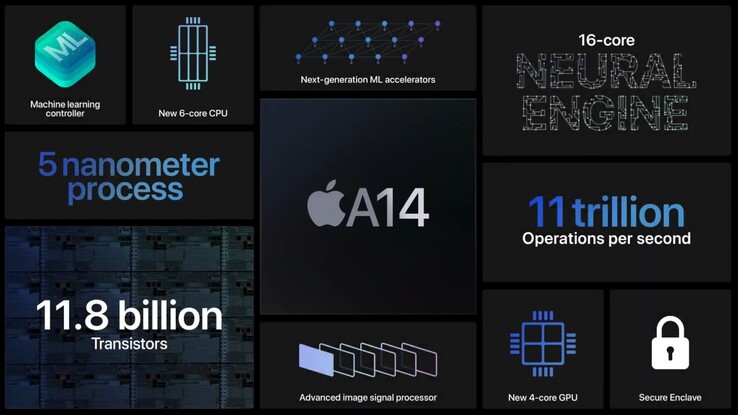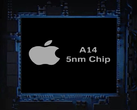2020 has been a strange year in tech, notwithstanding with the global pandemic, with delayed product launches and virtual keynotes. Now, Apple has unveiled its next-generation Bionic chipset, albeit in an iPad instead of an iPhone. The iPad Air will not arrive until October, the rumoured launch window the iPhone 12 series, but it should still be the first device to ship with an A14 Bionic.
The A14 Bionic features a hexa-core processor and a quad-core GPU, which is unchanged from last year's A13 Bionic. However, Apple has switched to a 5 nm manufacturing process for the A14 Bionic, 2 nm smaller than the node on which it designed the A13 Bionic. This change in process node has helped Apple cram 11.8 billion transistors onto the A14 Bionic, which is over 70% more transistors than are present on the A13 Bionic. For comparison, the A12X Bionic has just 10 billion transistors.
Apple has also included a 16-core Neural Engine and second-generation machine learning accelerators. The company claims that the new quad-core GPU 'enables powerful on-device experiences' like image recognition, natural language learning and analysing motion, among other uses.
All these changes and innovations add up to some impressive performance improvements compared to the A13 Bionic. Apple claims that the A14 Bionic has 40% better CPU performance than its predecessor, along with a 30% graphics uplift and 10x faster machine learning. The chip's Neural Engine can perform up to 11 trillion calculations per second, too.
The A14 Bionic will be available in at least the fourth-generation iPad Air and iPhone 12 series later this year. Incidentally, it is also the first 5 nm chip to the market.






















